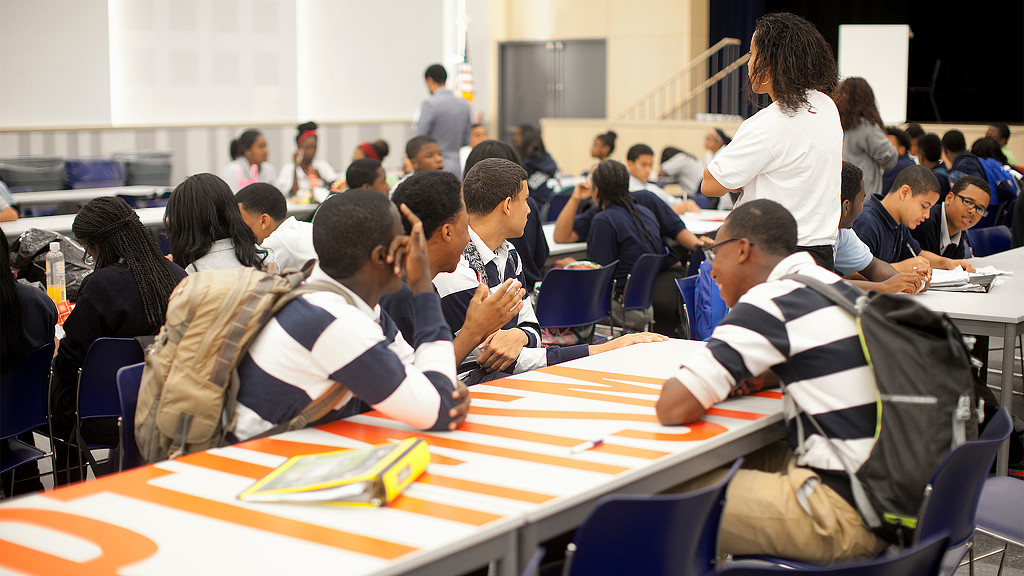Reimagining Education Spaces: The Student Perspective
October 11, 2021 | By Margot Kleinman, Mark Thaler
This year, Gensler launched the 2021 Summer Fellowship in lieu of our internship program. Students and recent graduates pursing design related degrees had the opportunity to move forward Gensler research initiatives centered around our continued mission to champion social justice.
In summer 2020, we started conducting research focused on listening to and learning from high school students in New York City. The intent of our work was to develop an understanding of what supports the feeling of safety and belonging in an educational environment, specifically for BIPOC students. Our initial findings revealed to us the importance of engaging our students when designing schools. This year, we are continuing our work by collaborating with students directly as a way to amplify their voices and give them a platform to share their design ideas and lived experiences regarding the design of inclusive education spaces.
Among the results of the survey we conducted earlier this year, students began to identify spatial qualities that influenced their feeling of safety and belonging. In the survey we asked students to share their thoughts about the exterior of schools and the interior of classroom spaces. We wanted to push our findings further by connecting with students again to gain additional insights on a wider array of space types.
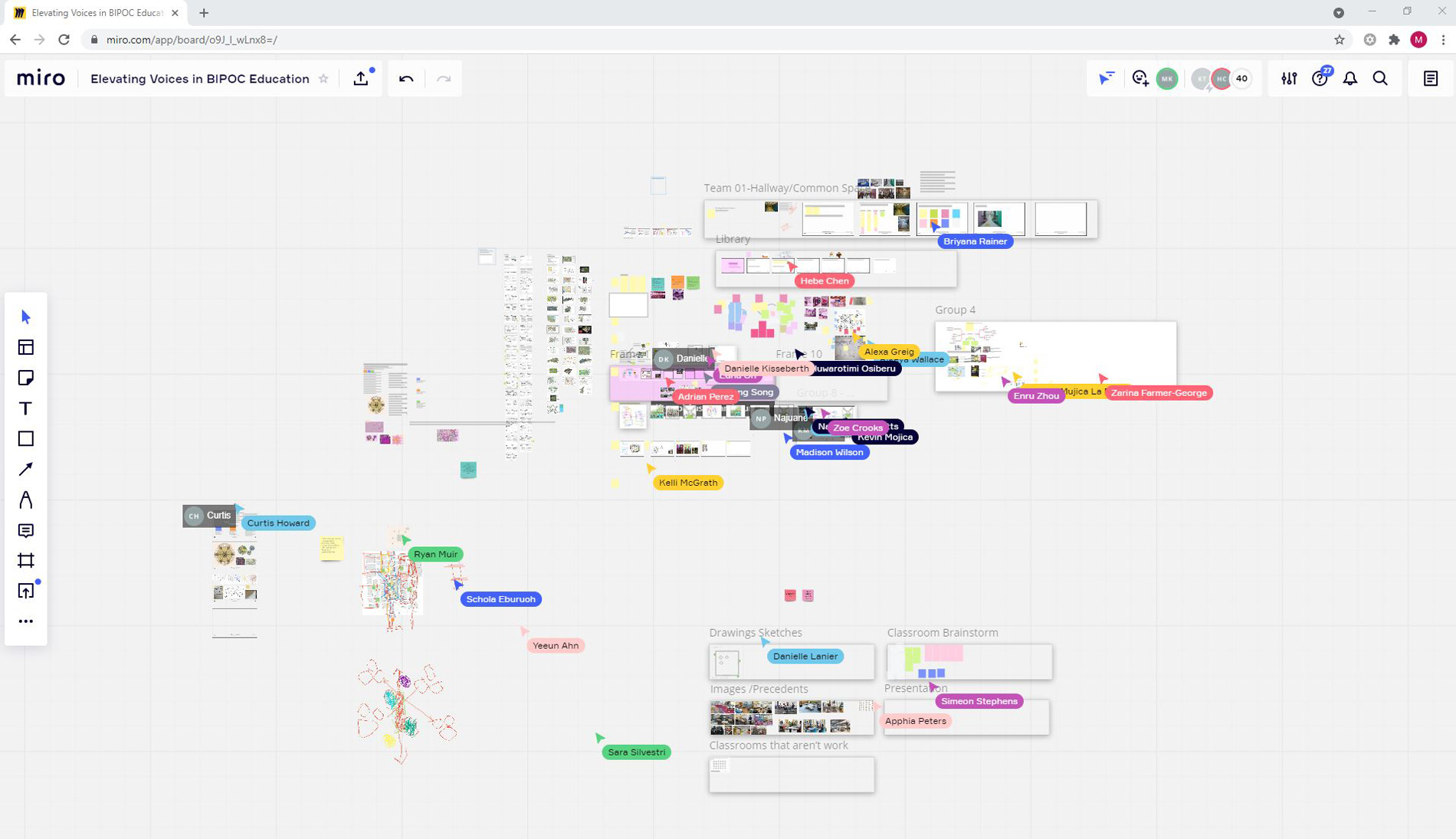
In June 2021, we hosted a two-day virtual charrette during which 42 Gensler Fellows shared their perspectives on what would make a safe and inclusive school environment. The fellows were organized into groups of four to five, each focused on a different school space type and were asked to reflect on their high school experiences. While designing, we encouraged participants to consider empathy and the perspectives of each team member to create spaces that would be inclusive for each person in the group.
The students shared numerous ideas, among them being the importance of balancing the fear of vulnerability, distraction, need for focus, and health as critical design criteria.
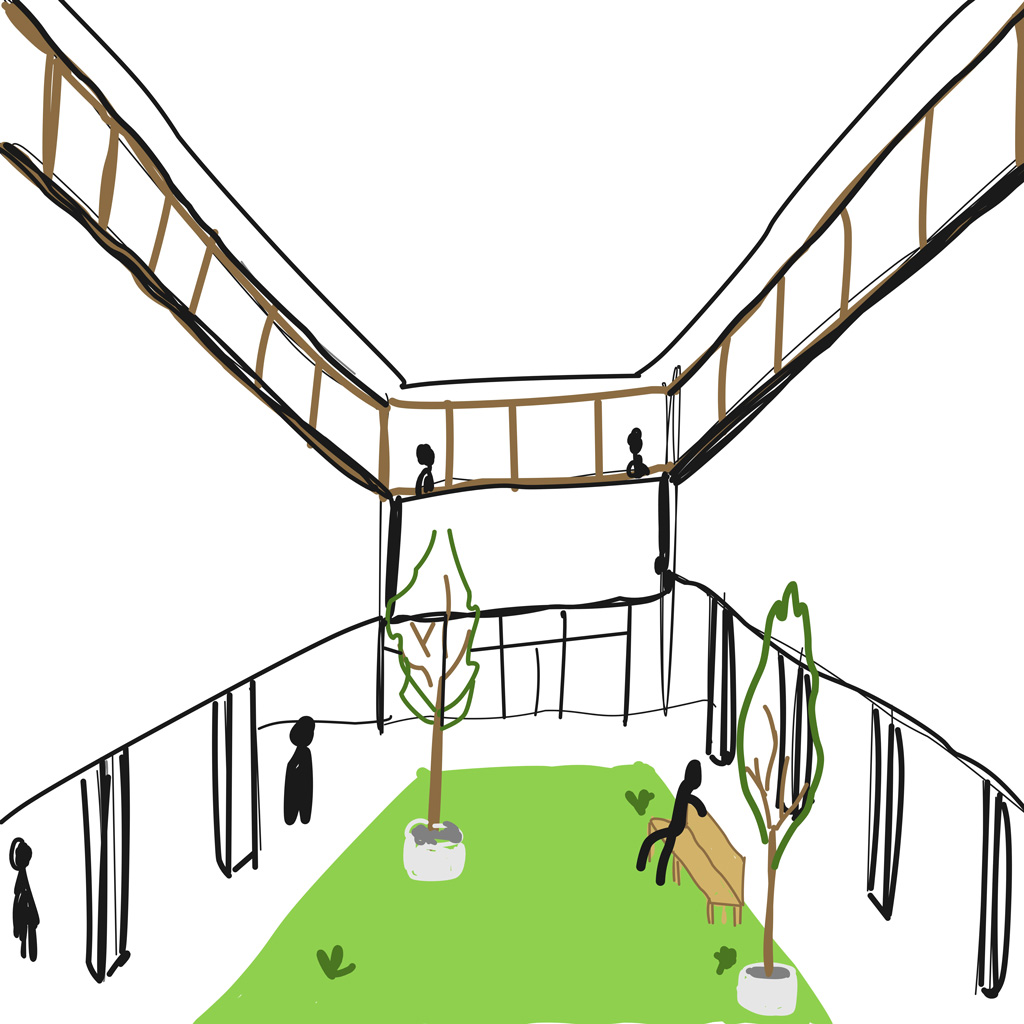
A consistent theme across all space types the students studied was the need for natural light and access to the outdoors. One student said, “we were excited for the trailers [temporary classrooms] because it was the only way to get outside”, yet we also heard stories of teachers saying “stay away from the windows” which opened our eyes to the variety of experiences students have across the country. While some students felt views to the outdoors may be distracting, others were concerned about safety with large windows. Balancing these needs begins to shed light on the challenge of developing inclusive classroom spaces and the importance of listening to all students.
The conversations during the charrette were compelling and led us to identify three primary learnings that support the development of inclusive spaces.
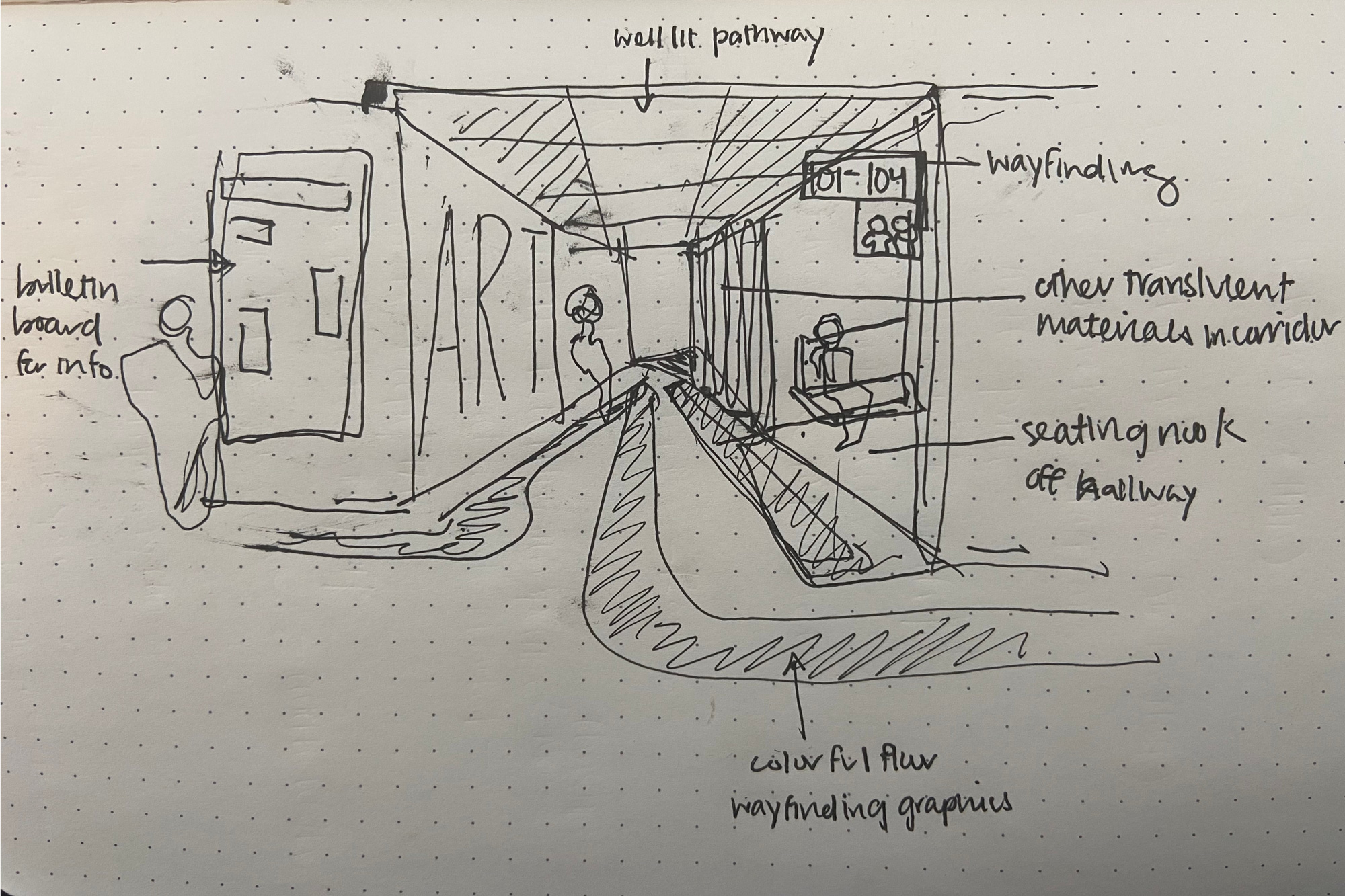
Corridors: A Third Place
Rather than just being a means of getting from one place to another, a corridor or hallway within a school is a placemaking opportunity. Through careful wayfinding and curated student artwork, hallways can become easier to navigate while creating a sense of agency, belonging, and engagement. Some of the fellows’ recommendations were:
- Nooks for interaction
- Integrated, well-designed, and colorful wayfinding
- Personalization of lockers
- Opportunities to showcase student work and activities
One insight shared by the group of students was that hallways are typically one of the few spaces where students can interact freely. This perspective is a challenge for designers to think of hallways in a new way.
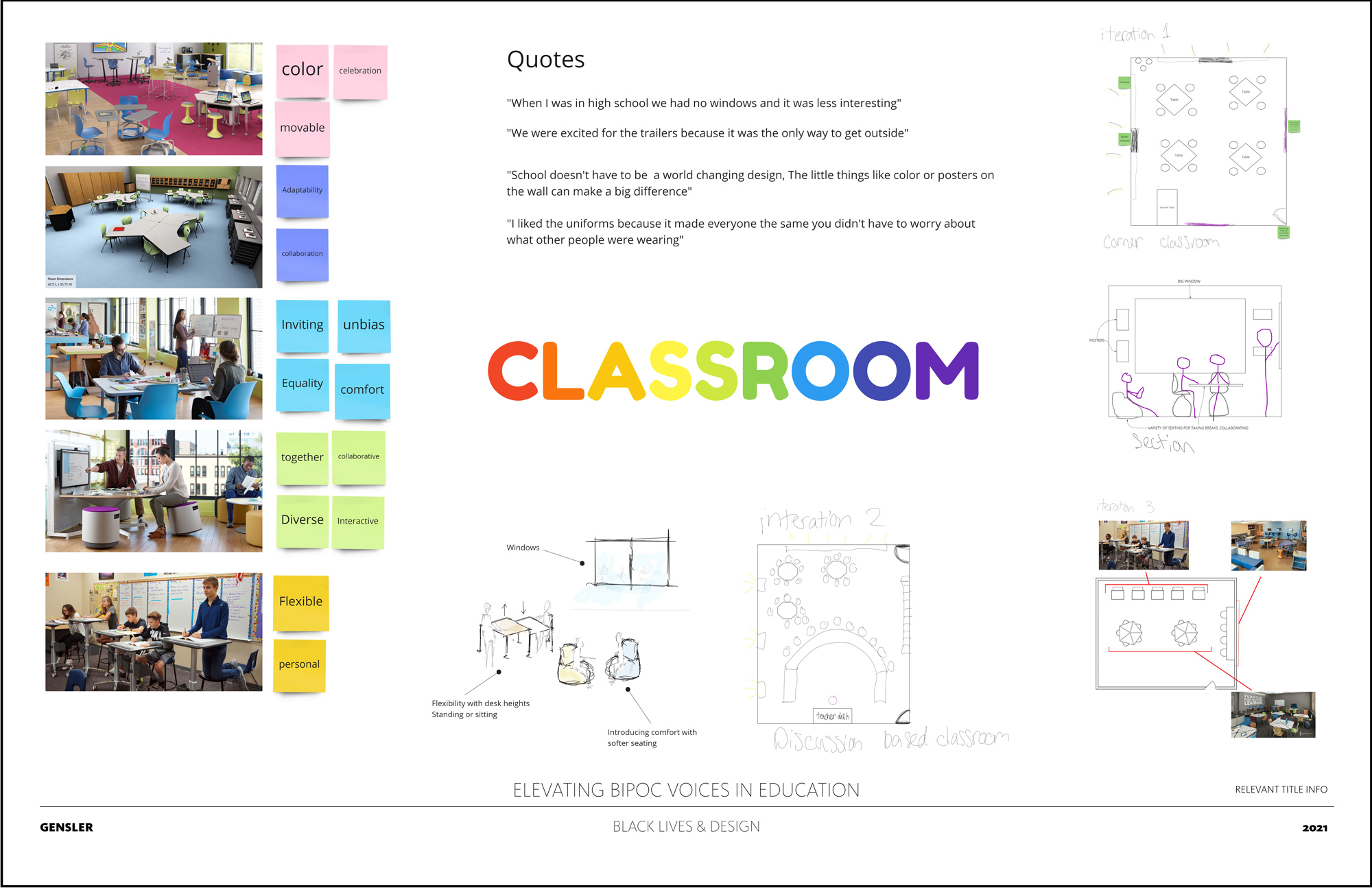
Classrooms: Spaces for Refuge and Prospect
Flexibility in a classroom space is critical to balance learning styles and needs and creating an inclusive environment. While individual spaces designated with movable partitions may create a sense of refuge, collaborative learning and mixed seating may offer prospect. The students reiterated that small interventions can have a big impact. For example, color and artwork can make a classroom more engaging. Additionally, students noted that natural light and biophilia in their classroom spaces could really improve their overall experience.
We previously learned from our survey that many students feel more comfortable in a traditional classroom setting than a highly collaborative one – but what is key is the ability to adapt the physical space to a broad range of teaching and learning techniques.
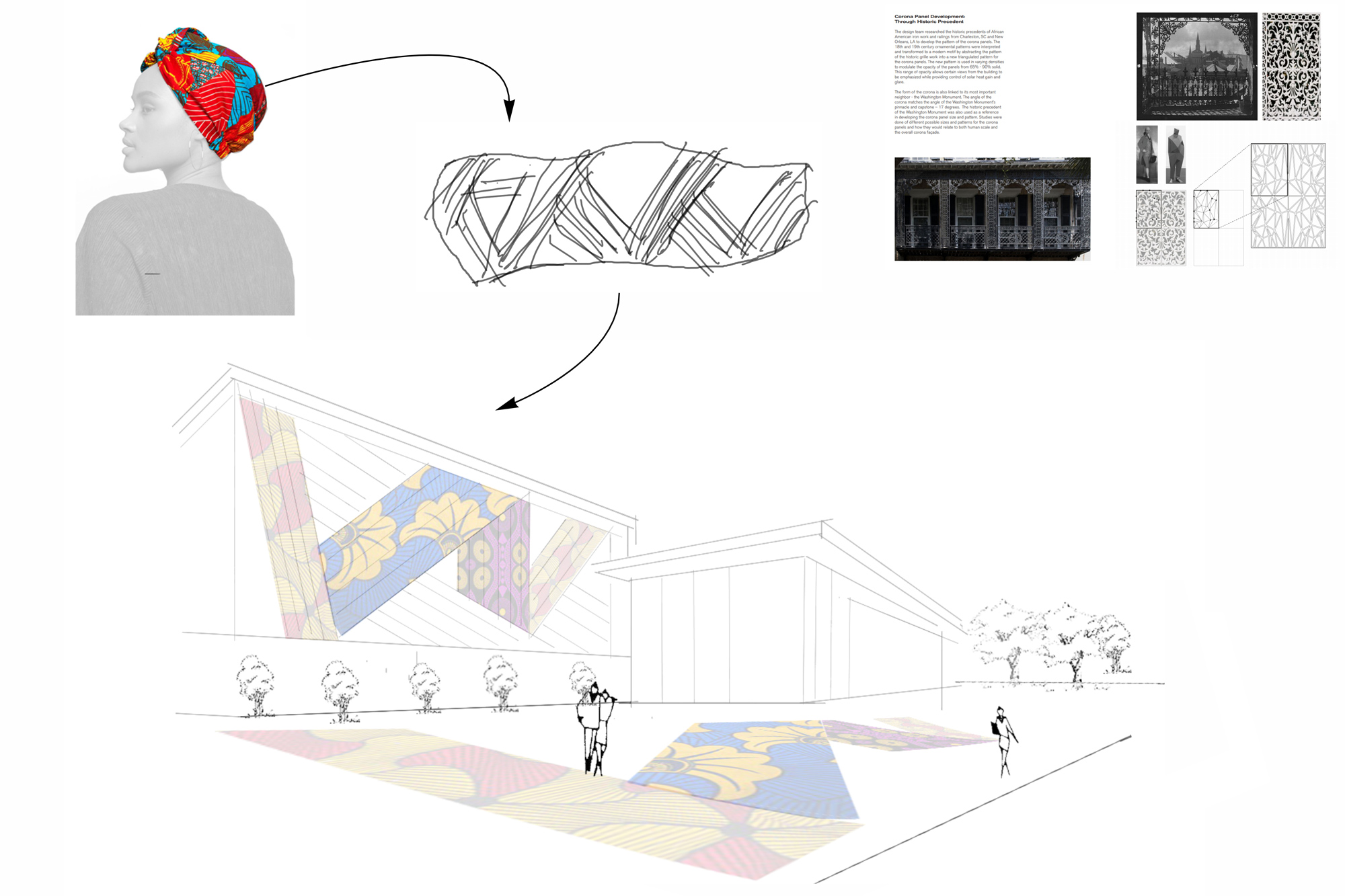
Façade design: Dismantling Eurocentric Ideas
Materiality and texture may be used to reference many cultures, offering a sense of belonging and familiarity when paired to recognize the local community. Rather than expanses of glass or a traditional brick building, a school façade is an opportunity to reflect the diaspora of students that attend any school.
American academic buildings have traditionally used the language established by European ideas of planning, proportion, and classical architecture, but as we spoke with students from a variety of backgrounds, we learned that many do not identify with this history and would find comfort in a building with a more diverse expression. To create a welcoming, inclusive, and cultural impression of the school for all students, we need to recognize the demographics of the local area. The results of our survey demonstrated the impact of this façade expression on the students’ sense of belonging to the school.
Although we looked at many spaces within a school, the students’ insight on the hallways, classrooms, and façade shifted our perspective on how we previously considered these spaces. The ability to make each space personal - from referencing local cultures in the façade design to furniture that can be personalized for each user - provides the students agency which promotes their sense of safety and belonging.
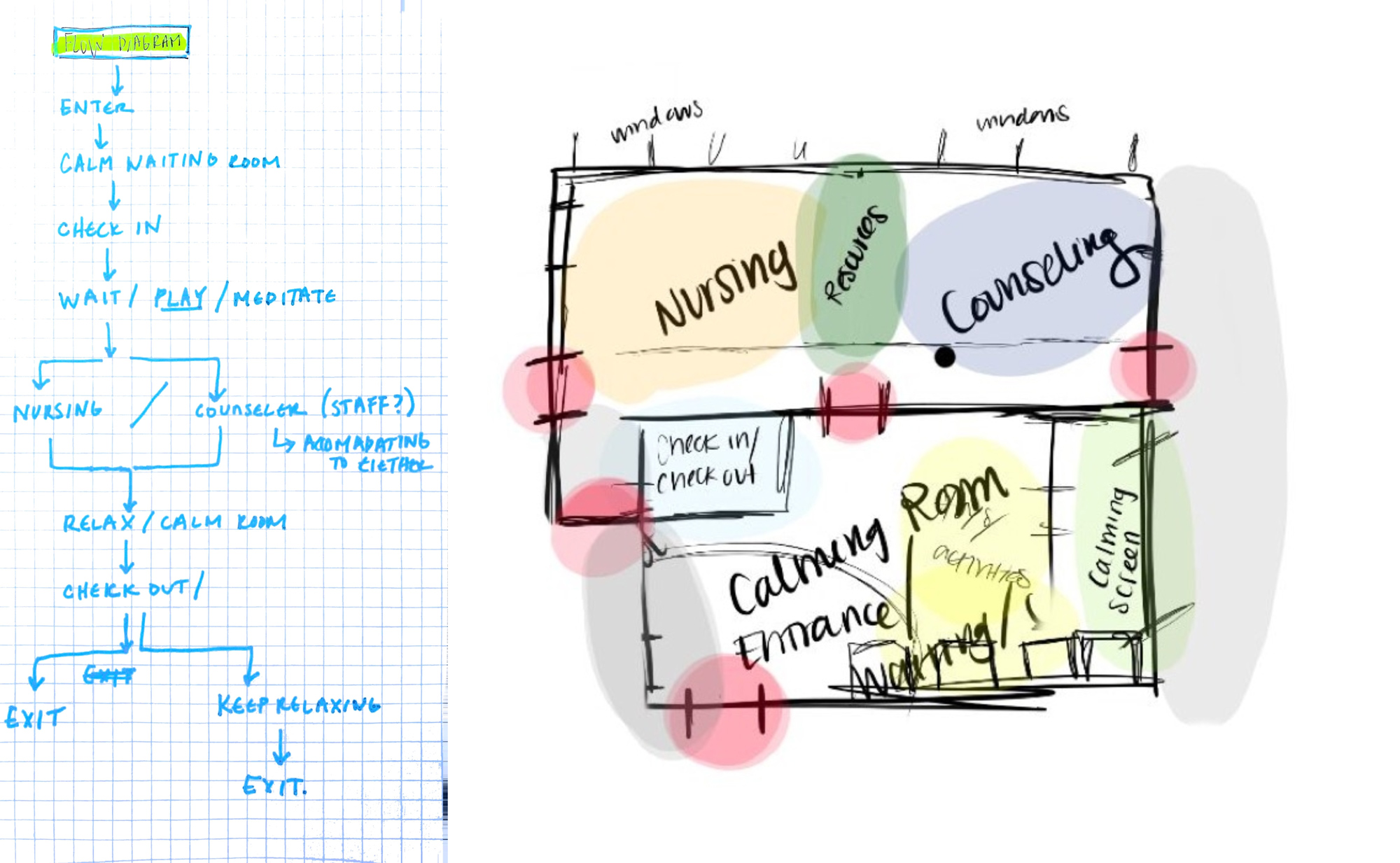
The students need to see themselves represented in the spaces they learn - both in the physical environment and among their peers and teachers. Representation in schools is so important in helping students feel they belong. They need to be in a space that supports the diversity of who they are and how they identify, the variety of ways they learn, and what they need to feel comfortable being themselves. Ultimately, listening to student voices is key for our understanding to design more inclusive spaces that account for all perspectives and experiences.
For media inquiries, email .
